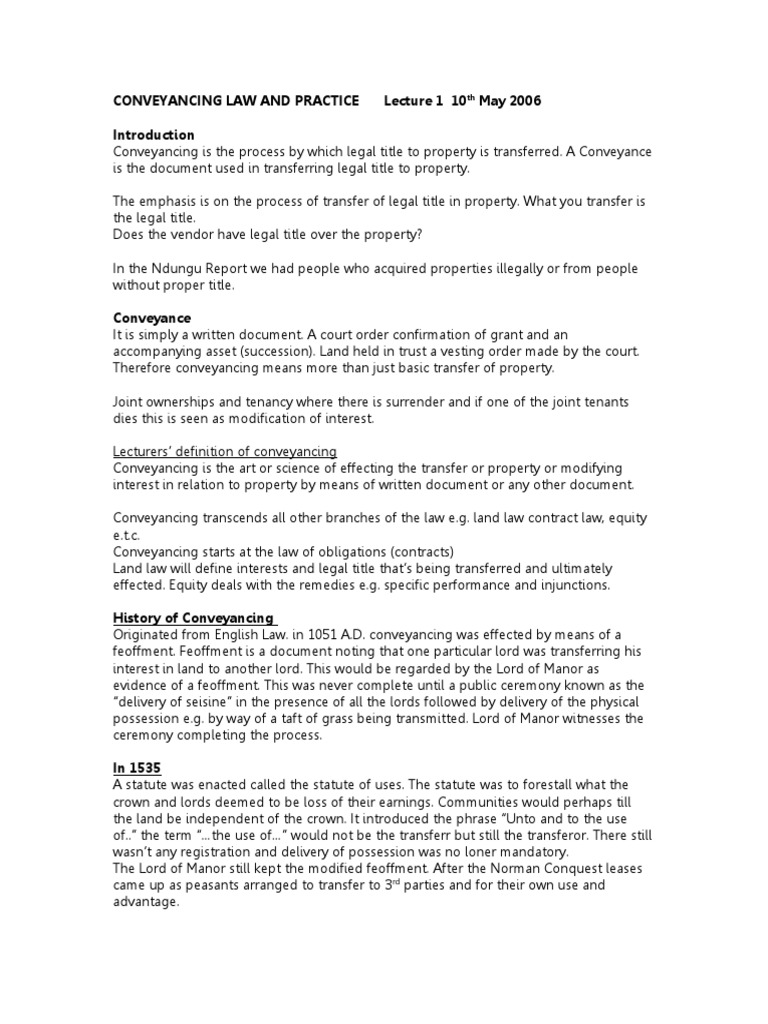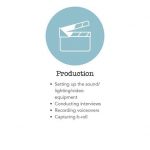Conveyancing is a procedure which involves a transfer of one’s property between two parties. In a common conveyancing transaction, a solicitor records that there are not any co-borrowers (in other words, if they’re the exact same individual or firm). This paperwork goes before the Courts and thereafter is used in the conveyancer Melbourne proceedings. There are many common mistakes that solicitors make, and it is these that mean that many conveyancers fail in their enterprise. Most common amongst those who do conveyancing work for themselves, isn’t reading the bill properly.

Conveyancing Documents
It is worth remembering that even though it is a very common error, virtually all conveyancers aren’t right in their law book! There are a number of reasons for this and the majority of them have something to do with the way the law works. Many conveyancers also don’t have any knowledge of the property transaction laws. To prevent any confusion, it’s a good idea for solicitors performing the conveyancing to find legal advice from a lawyer who understands the topic well.
Conveyancing Documents
One of the largest areas where most conveyancers go wrong is in the region of the deed of trust deed. Nearly all people who carry out the Conveyancer Melbourne, deed of trust only simply do not understand the consequences. Many don’t realise that if another party does not agree with the deed, then the document cannot be valid. Similarly, if more than one party lodges a dispute with the Court then it can lead to the Court decided which is against the wishes of a single party. These are simply a few of the issues involved, and when conveyancers do not understand these things then it’s not sensible for them to do the actual deed of trust deed functions.
Another area which most conveyancing documents get confused in is your section 32 requirement. The section 32 requirement is designed to protect the identity of the man who’s purchasing the property. It’s an anti-fraud measure to ensure that the identity of the individual is protected, and they are not defrauded throughout the property transaction. The problem is that when conveyancing is carried out and there is a discrepancy between the legal paperwork and the land title deeds, then the buyer may end up owing money to the vendor.
So, as you can see, the 4 May issue is a massive sticking point for both the vendor and the buyer. On one hand, the vendor wishes to prevent the costs of litigation. So, if there’s any uncertainty about the legal records and there is a question of cash demanded, then the seller may back out and allow the deal go through. The problem for the buyer is that there is no certainty in the outcome, and even when the deal goes through there is a danger that the seller could renege on his promise.
Thus, for the buyer it would make sense to have the conveyancing documents clearly established, and this may only happen if the buyer has an attorney involved with the trade. There is another section in the law that requires a buyer to give notice of intention to buy to the vendor at least 21 days before the settlement statement is prepared. This means that if the buyer intends to buy the property, he’ll require the seller’s consent, and thus the conveyancing paperwork needs to have been prepared with respect to the buyer’s intention. If this part of the law is ignored, then the purchaser can be in breach of contract, and the seller will have the ability to sue for breach of warranty.
So how can you protect your own investment in South Africa from unscrupulous sellers? The most important point to keep in mind is that the conveyancing procedure cannot be considered free for you. You’ll be charged a commission by the attorneys for their own services, and the conveyancing documents are costly, and thus the law provides you with minimal protection. However, if you’re careful and seek expert advice then it is possible to receive the best possible deal on your house. Even if you are not facing any problems in getting a property under contract, then you may still need advice on how to protect yourself from the consequences of a court judgment against you. That is where using a lawyer who specializes in conveyancing comes in rather handy.
One important element of South African legislation, which isn’t covered by the above laws is part 32. This is basically the legislation which governs the purchasing and selling of residential properties from the nation. One of the main protections provided by this section of law is that a purchaser cannot be induced to enter into a contract to purchase a property under false pretences. This implies that if there aren’t any problems stemming from the conduct of the sale of their property by the buyer – for example in the event the buyer defaults on the purchase – that the seller has the right to take the case to the courts under section 32.


